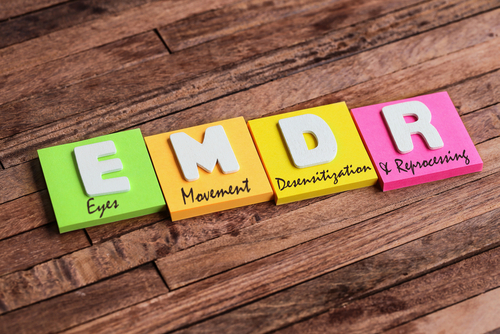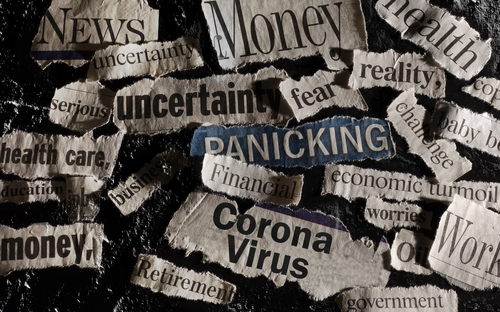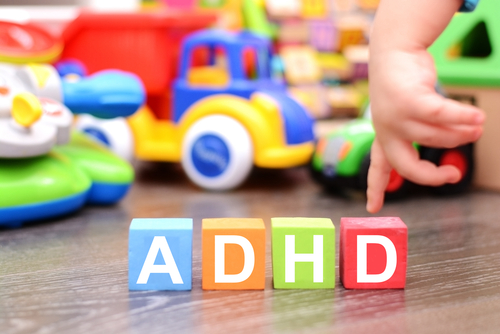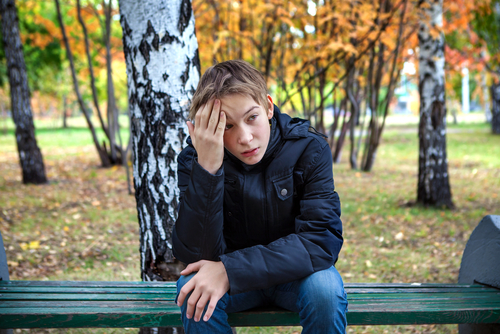
Attention deficit hyperactivity disorder (ADHD), previously referred to as attention deficit disorder (ADD) is listed in the Diagnostic and Statistical Manual of Mental Disorders, Fifth Edition (DSM-5) and is characterized as “a persistent pattern of inattention and/ or hyperactivity-impulsivity that interferes with functioning or development.” The American Academy of Pediatrics further asserts, “Attention deficit hyperactivity disorder (ADHD) is a neurobiological condition whose symptoms are also dependent on the child’s environment.” Although ADHD is one of the most studied conditions in America, the precise cause for developing ADHD remains unknown. Research has, however indicated that genetic factors, environmental factors and developmental delays may all contribute to its potential development.
DSM-5 ADHD Diagnostic Criteria
The diagnosis process for ADHD is rather complicated, as there is no single test for diagnosis, and symptoms will vary from person to person. The CDC outlines the following diagnostic criteria:
- Inattention: Six or more symptoms of inattention for children up to age 16 years, or five or more for adolescents age 17 years and older and adults; symptoms of inattention have been present for at least 6 months, and they are inappropriate for developmental level:
-
- Often fails to give close attention to details or makes careless mistakes in schoolwork, at work, or with other activities.
- Often has trouble holding attention on tasks or play activities.
- Often does not seem to listen when spoken to directly.
- Often does not follow through on instructions and fails to finish schoolwork, chores, or duties in the workplace (e.g., loses focus, side-tracked).
- Often has trouble organizing tasks and activities.
- Often avoids, dislikes, or is reluctant to do tasks that require mental effort over a long period of time (such as schoolwork or homework).
- Often loses things necessary for tasks and activities (e.g. school materials, pencils, books, tools, wallets, keys, paperwork, eyeglasses, mobile telephones).
- Is often easily distracted
- Is often forgetful in daily activities.
- Hyperactivity and Impulsivity: Six or more symptoms of hyperactivity-impulsivity for children up to age 16 years, or five or more for adolescents age 17 years and older and adults; symptoms of hyperactivity-impulsivity have been present for at least 6 months to an extent that is disruptive and inappropriate for the person’s developmental level:
-
- Often fidgets with or taps hands or feet, or squirms in seat.
- Often leaves seat in situations when remaining seated is expected.
- Often runs about or climbs in situations where it is not appropriate (adolescents or adults may be limited to feeling restless).
- Often unable to play or take part in leisure activities quietly.
- Is often “on the go” acting as if “driven by a motor”.
- Often talks excessively.
- Often blurts out an answer before a question has been completed.
- Often has trouble waiting their turn.
- Often interrupts or intrudes on others (e.g., butts into conversations or games)
In order to obtain the most effective treatment it is essential for an individual to be thoroughly evaluated by a qualified mental health professional and accurately diagnosed.
Disclaimer:
The information above is provided for the use of informational purposes only. The above content is not to be substituted for professional advice, diagnosis, or treatment, as in no way is it intended as an attempt to practice medicine, give specific medical advice, including, without limitation, advice concerning the topic of mental health. As such, please do not use any material provided above as a means to disregard professional advice or delay seeking treatment.








